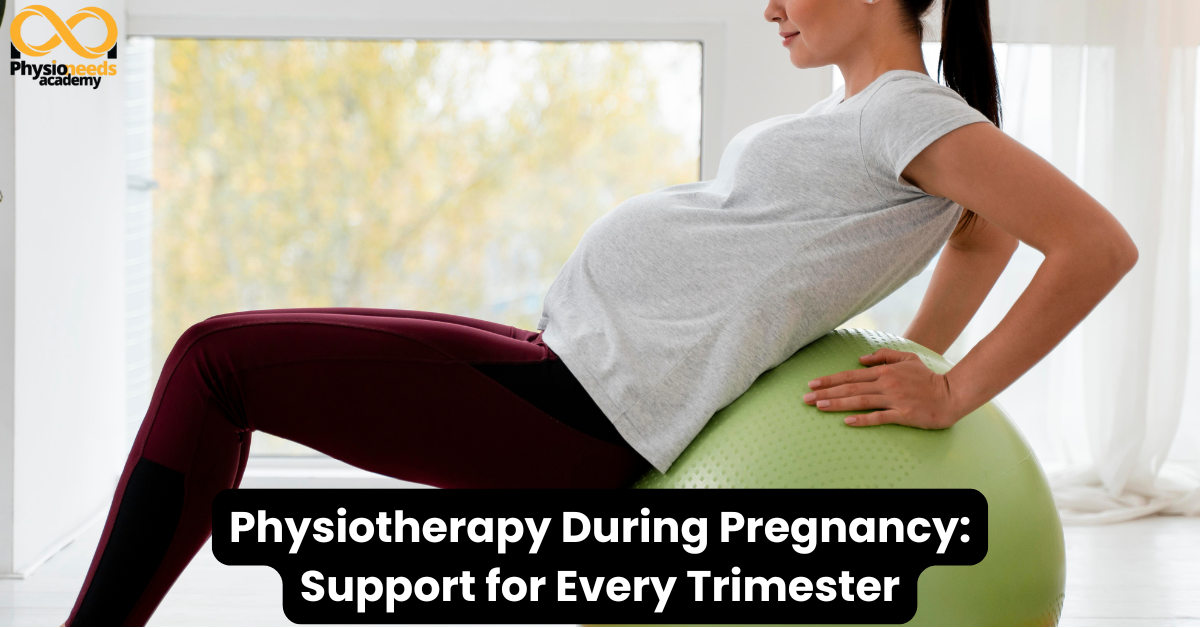Physiotherapists have a key role in preventing and managing musculoskeletal problems in pregnancy.
Physiotherapy During pregnancy can help with a variety of issues including:
- Pain relief
- Pelvic floor health
- Improved mobility
- Posture
- Postnatal recovery
- Reduces risk of high blood pressure
- Reduces risk of gestational diabetes
- Helps you to maintain a healthy weight and return to your pre-pregnancy weight more easily
- Reduces baby’s risk of developing childhood obesity, diabetes, and heart disease later in life
- Emotional health
1st Trimester: Building a Strong Foundation
Keeping Fit and Active During Early Pregnancy
Exercise can improve the health of you and your baby. Research recommends 150 minutes per week of moderate intensity exercise during pregnancy.
Every woman will have a different fitness level before they become pregnant. You should aim to maintain or moderately improve your level of fitness. For uncomplicated and low-risk pregnancy, physical activity has many important health benefits:
2nd Trimester: Supporting Growth and Comfort
Mental Health Benefits
- Improves mood, reduces anxiety and stress, and improves sleep pattern
- Reduces risk of postnatal depression
- Increases strength and stamina, prepares you for labour and delivery
- Reduces aches and pains during pregnancy, such as pelvic or back pain
Pelvic Girdle, Back and Hip Pain

During pregnancy:
- Around 20% of women experience discomfort in their pelvis and hip
- Approximately 50% experience back pain
The benefits of pelvic floor exercises extend beyond pain relief.
They are crucial for maintaining urinary continence, which can be a concern during and after pregnancy.
Improved muscle tone also aids in a quicker postpartum recovery, facilitating a smoother shift to pre-pregnancy physical activity levels.3rd Trimester: Preparing for Birth and Recovery
Abdominal Muscle Separation (Diastasis Recti)
Also known as diastasis recti, it is common during pregnancy to develop a gap in your abdominal muscles as your baby grows.
It is important to know what advice and exercises to follow postnatal to help manage this.
Physical therapy can help reduce the separation that occurs in the rectus abdominis by strengthening your stomach muscles.
Low back, hip, and diaphragm muscles are also targeted, which can lend support to the affected area of the stomach.Incontinence or Prolapse During Pregnancy
Incontinence can affect up to 40% of pregnant women and can persist after childbirth in up to 43% of women.
It is not normal for incontinence to persist post-birth and it can be successfully treated with pelvic floor exercises.
Want to be a Physical Therapist? Check Physioneeds Academy - Improves mood, reduces anxiety and stress, and improves sleep pattern





